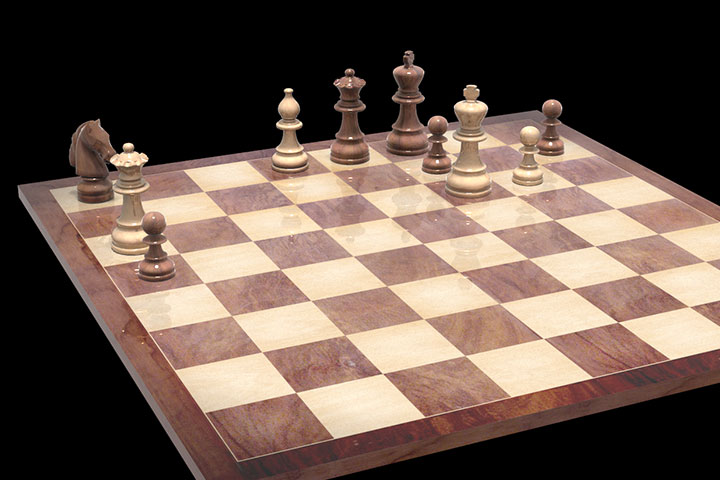Speelman's Agony #102
This week's game is by Goran Tomic, a Montenigran FIDE Master and chess organizer who runs “Third Saturday” tournaments in Djenovici.
 Ecstasy only this week — Goran sent me just a single game from the Montenegran league fifteen years ago. It features a very sharp opening battle which effectively concluded when his opponent blundered, allowing a line which gave Goran a big advantage.
Ecstasy only this week — Goran sent me just a single game from the Montenegran league fifteen years ago. It features a very sharp opening battle which effectively concluded when his opponent blundered, allowing a line which gave Goran a big advantage.
The position remained complicated though and one of the best things is how calm Goran remained — or at the very least how calm his moves remained — as he quietly improved his pieces and exchanged off when appropriate, never giving in to the temptation to rush matters. As a result, his opponent's position worsened under the sheer weight of its deficiencies — bad king, bad pawn structure, material disadvantage. And Goran won at a canter. Winning won games is seldom easy and this was an excellent example.
Click or tap the second game in the list to switch
Make life difficult for the Sicilian! 2.b3 is a thoroughly venomous but still solid kind of "Anti-Sicilian". No matter what setup black chooses, the bishop on b2 will always be unpleasant for him.
Submit your games and win free Premium!
 At the airport, in the hotel or at home on your couch: with the new ChessBase you always have access to the whole ChessBase world: the new ChessBase video library, tactics server, opening training App, the live database with eight million games, Let’s Check and web access to playchess.com
At the airport, in the hotel or at home on your couch: with the new ChessBase you always have access to the whole ChessBase world: the new ChessBase video library, tactics server, opening training App, the live database with eight million games, Let’s Check and web access to playchess.comDid you enjoy the column and instructive analysis by GM Jonathan Speelman? Do you wish you could have a world-renowned grandmaster analysing your play? You can!
To submit your games just upload a PGN or ChessBase file (.pgn or .cbv archive), along with your name and e-mail address. Send one success story (Ecstasy) and one loss (Agony).
Tell why you chose them, where or when they were played. Please do include your email address, so Jon can reply, and preferably a photo of yourself for our article.
If your game is selected Jon will contact you personally, and not only will you get free detailed commentary of your games by one of chess’s great authors and instructors, and former world no. 4 player, but you also win a free three-month ChessBase Premium Account!
A three-month Premium subscription to ChessBase Account means you get:
- Premium access to the Playchess server with ratings, simuls, lectures, and live commentary of top games
- Access to all Web apps with no restrictions, such as the Cloud database, and more!
- Full access to the Video archive, which not only includes all the past lectures by Daniel King, Simon Williams and others, but also many full ChessBase products you would normally need to buy in the ChessBase Shop but that you can view for free as a Premium subscriber.
See also:


















 Ecstasy only this week — Goran sent me just a single game from the Montenegran league fifteen years ago. It features a very sharp opening battle which effectively concluded when his opponent blundered, allowing a line which gave Goran a big advantage.
Ecstasy only this week — Goran sent me just a single game from the Montenegran league fifteen years ago. It features a very sharp opening battle which effectively concluded when his opponent blundered, allowing a line which gave Goran a big advantage.




